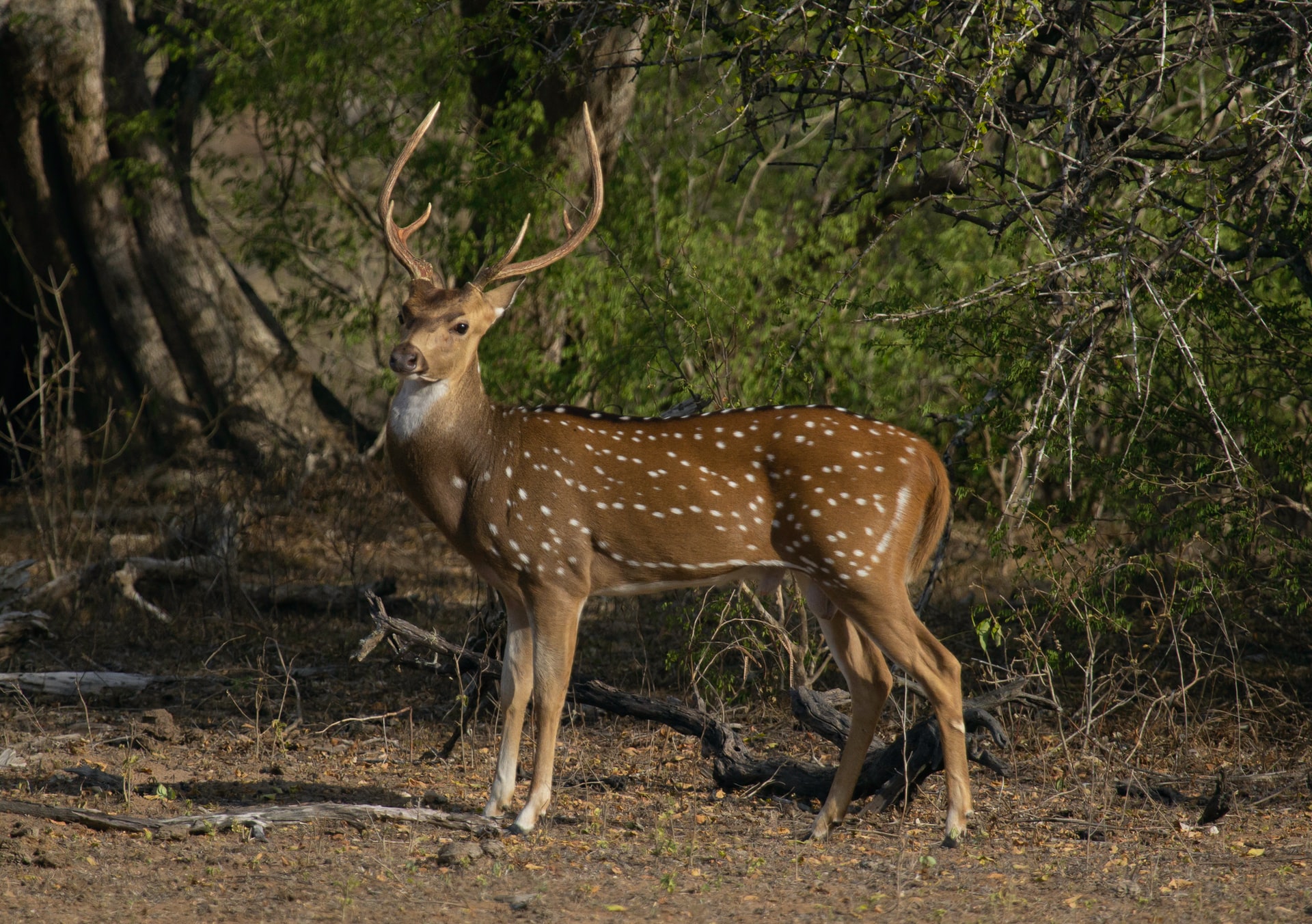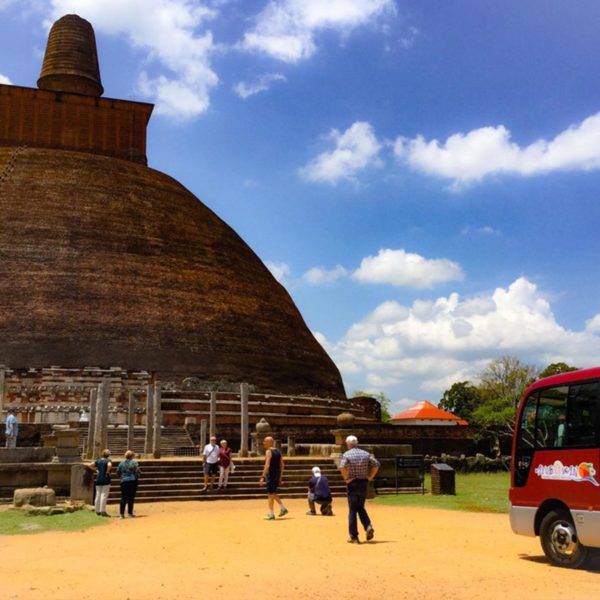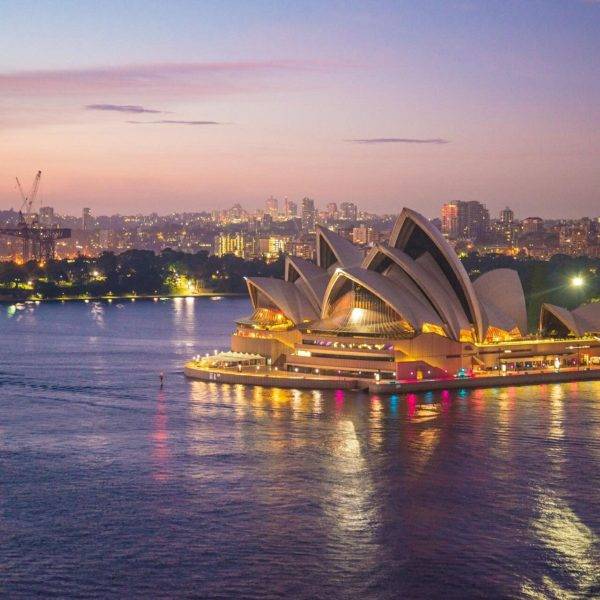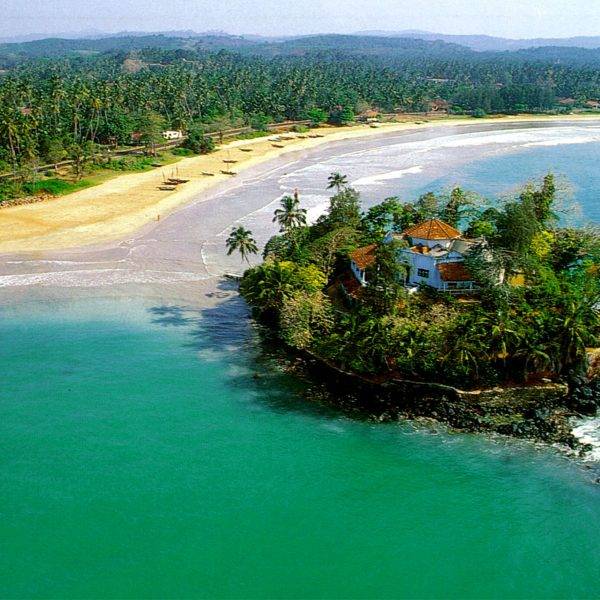Sri Lanka is home to many unique species, animals, and plants found nowhere else on the planet. So, it’s no surprise that wildlife destinations in Sri Lanka will provide you with wonderful experiences. Because of the vast number of species that call Teardrop Island home, the island is also famous as one of the world’s top five biodiversity hotspots.
Continue reading to find out what you can find in some of Sri Lanka’s major national parks and other renowned wildlife hotspots. Also, we’ve highlighted the finest of what the Indian Ocean’s Pearl has to offer nature lovers. In addition, this thorough guide includes statistics and numbers for your reference.
Sri Lanka Wildlife Statistics
Sri Lanka has the most blooming plants, mammals, amphibians, and reptiles in all of Asia:
- 140 mammal species
- There are 435 bird species
- 59 amphibian species.
- 174 reptile species.
- 4000 flowering plant species
- 107 freshwater fish species.
To prove that Sri Lanka is the premier wildlife destination in the world, we provide you with the following distinctive features:
- There are two types of ecosystems: aquatic and terrestrial. These may be either natural or artificial
- Biodiversity hotspots are geographical regions with a high concentration of indigenous species
- Species are classified as either foreign or indigenous
- Indigenous species are exclusively found in one particular area
- Endemic species are those that only found in a single nation
Nature and Wildlife Destinations to Visit in Sri Lanka in 2021
1. Sinharaja Rainforest Reserve
This UNESCO World Heritage Site of worldwide importance is in the Sabaragamuwa region of Sri Lanka. The Sinharaja Rainforest Reserve is the last remaining tropical lowland forest in Sri Lanka. And more than 60% of indigenous trees, 21 unique bird species, and a few uncommon invertebrates, reptiles, and amphibians. Moreover, this reserve is bordered by rivers on three sides and a tea plantation on the fourth. It has a total size of around 18900 acres.
The Sinharaja Forest Reserve is well-known for its birdlife, with 19 of the country’s 20 unique bird species discovered there. Visitors touring Sri Lanka may observe endangered species such as the Wood Pigeon, Green-Billed Coucal, Blue Magpie, etc. In addition, Lanka is home to eight unique animal species, including badger mongooses, toque macaques, etc.
2. Yala National Park:
Yala National Park, Sri Lanka’s second-largest and most renowned, borders the Indian Ocean and is in the country’s southeast. The park has five blocks. However, just two blocks accessible to the public to protect the natural environment. Crocodiles, deer, monkeys, elephants, buffaloes, sloth bears, birds, and, of course, the elusive leopards can all be seen on a wildlife drive in Yala National Park.
There are about 40-50 leopards in the region. But your chances of sighting one depend on your luck since leopards are extremely timid and may easily be disguised on the grassy plains. Yala is one of the must-visit wildlife destinations in Sri Lanka.
3. Udawalawe National Park:
Udawalawe National Park is Sri Lanka’s sixth-biggest wildlife sanctuary. It’s well-known for its huge elephant population and bird population. Therefore, the park is a perfect place for bird watching lovers. The park is located on Uva and Sabaragamuwa, approximately 170 kilometers from Colombo and a 4-hour journey away. And the habitats you will encounter while driving around on your jeep safari searching for wild elephants include marshes, meadows, and bush woods.

4. Kumana National Park:
The Kumana National Park, also in the southeast of Sri Lanka, is a famous eco-tourism destination. It’s also an important nesting and breeding site for local and migratory birds. And the diverse wildlife thrives in the park’s vast natural mangrove swamps, as well as various tanks and lagoons. The Kumana Bird Sanctuary is home to 255 of Sri Lanka’s 400 recorded bird species.
5. Gal Oya National Park:
Gal Oya National Park, created in 1954, is Sri Lanka’s most unspoiled National Park, serving as the catchment region for the country’s biggest reservoir. This hidden treasure is located approximately 315 kilometers northeast of Colombo and requires a 5–6-hour journey to get to it.
Nature enthusiasts will appreciate the stunning mountain background, encounters with elephants, leopards, sloth bears, water buffalo, and a wide variety of birds such as storks, egrets, herons, eagles, and orioles, in addition to the varied topography of lakes and jungle woods.
6. Minneriya National Park:
Do you want to see the biggest general assembly of wild Asian elephants in one location? And this is the place to do it. One of this national park’s attractions is a 249 square kilometer reservoir constructed approximately 15 centuries ago by an ancient King of Sri Lanka.
Visitors may see a gathering of approximately 200 wild Sri Lankan elephants on the reservoir’s shores during the dry months of August to October, along with magnificent bird types, such as painted storks, giant pelicans, and herons.
Other species, like crocodiles, toque macaques, deer, buffalo, sambar, and, on rare occasions, leopards, are there to enjoy in the park’s scrub, woods, and wetlands.
7. Bundala National Park:
Bundala National Park is an important nesting site for migratory waterbirds from all over the globe who are attempting to avoid the severe winters. There are 197 bird species here, 100 of which are water birds. Also, 58 of which are migratory, with the flamingos, which move in huge groups, being the most popular. The park is about 250 kilometers from Colombo and is located near the city of Hambantota in southern Sri Lanka.
During your Bundala wildlife and nature tour, you will see Black-Headed Ibis, Black-tailed Godwit, the Painted Stork, Terns, and many other bird species, as well as mammals, butterfly species, amphibians, and reptiles.
7. Horton Plains National Park:
Horton Plains National Park is the biggest plain in Sri Lanka’s central highlands and the country’s oldest and windiest region. This is an excellent location for researching ecosystems and biodiversity.
You’ll see montane evergreen forests, grasslands, marshy areas, and aquatic habitats along the way. So, this National Park in Sri Lanka is a must-see if you have a few days in Nuwara Eliya and want to see various unique animals and birds.
At approximately 2100m above sea level, you will come to a cliff edge with a spectacular 900m plunge on the southern end of the Horton Plains. Because of the vast and distant views to enjoy from here, this location is commonly nicknamed the “World’s End.”

Sri Lanka’s Marine Biodiversity Hotspots
1. Snorkeling, Coral Reefs, and Aquatic Life:
The corals of Sri Lanka are diverse and distributed across the island. Hard coral species abound, with over 180 species identified. Moreover, several dive locations are well-known for their vibrant coral reefs, tropical fish, and other marine creatures that swim around shipwrecks.
Most of the island of Sri Lanka is surrounded by coral reefs. They have over 180 hard coral species documented, indicating a high level of biodiversity. Divers and snorkelers may explore the island’s beautiful coral reefs with tropical fish and other marine species, as well as shipwrecks with magnificent artificial reefs.
Divers may explore the different coral and rock formations, which are all distinctive and stunning. Snorkeling excursions are also offered to see the beauty of Sri Lanka’s marine life in shallow seas.

2. Whale Watching in Sri Lanka:
Sri Lanka claims to enjoy whale watching one day while also exploring leopards and elephants in the wilderness the next. Prominent whale-watching locations in Sri Lanka include Trincomalee in the east, Mirissa in the south, and Kalpitiya in the west.
You should preferably be onboard the boat provided by your tour operator by dawn – about 6 a.m. – for a whale watching experience. So, the whole adventure lasts about 3-4 hours in the ocean and includes views of blue whales, sperm whales. Also, humpback whales sightings are a bonus.
The best time to go:
- Mirissa is active from December to April.
- March/April to August/September in Trincomalee
- Kalpitiya is operational from November to March/April.
Explore the Best Wildlife Destinations in Sri Lanka With Us
What’s wonderful about Sri Lanka? Well, with its diverse landscapes, warm weather, and rich wildlife, no matter when you come, you’ll be able to enjoy trips to National Parks. Also, beaches and whale watching adventures in at least some areas of the island. For more information, please check our nature and wildlife tour packages.







